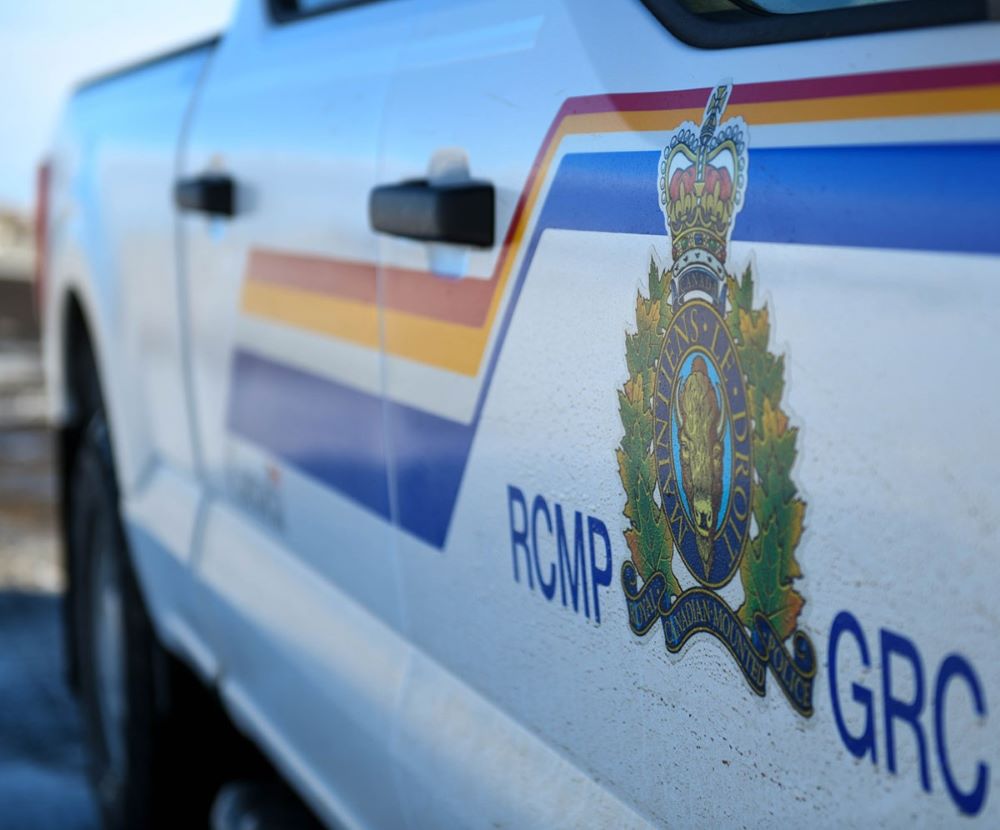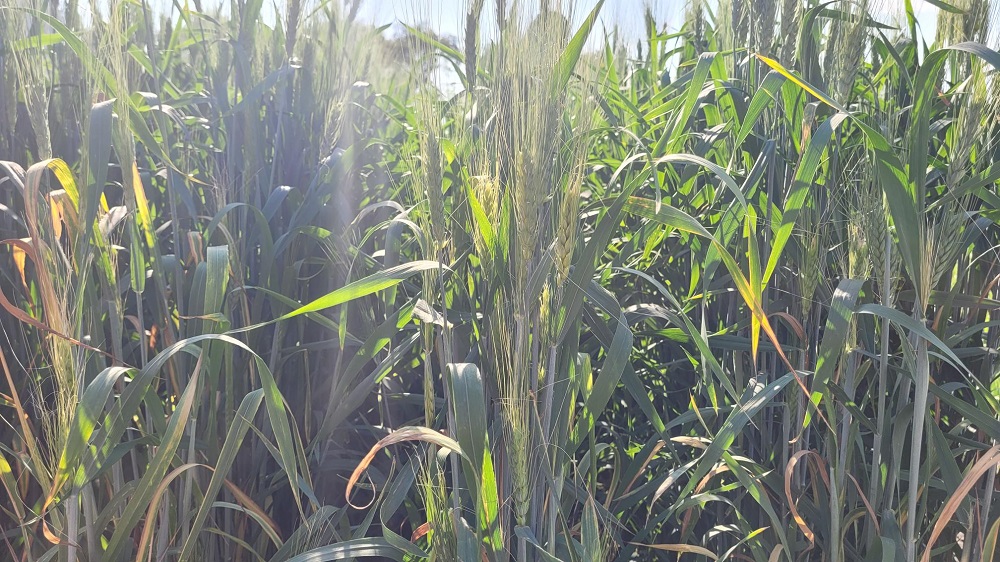Beekeepers in Saskatchewan could be facing some significant challenges as mortality rates for bees are expected to be above average.
The Saskatchewan Beekeepers Development Commission says that they are projecting losses to be between 30 to 35 per cent, above the average of 15 to 20 per cent.
President Nathan Wendall said that some beekeepers are reporting losses as high as 70 or 80 percent.
He said it’s hard to point the figure to just one thing, but the varroa destructor mite, a pest that feeds on and attacks honey bees, is one of the leading causes.
“In early spring, bees began to develop and are active early in the year, and we also had a late fall, so that activity continued into September and October, which is not typical in Saskatchewan, and the varroa destructor mite, as the bees remained active longer had an extended period of growing and multiply themselves,” he said. “Unfortunately, the consequence of that is colony mortality.”
Wendall said that though the losses are significant, Saskatchewan won’t be as bad as others provide.
“If we compare Saskatchewan’s numbers, our losses are fairly significant below the other provides. We are hearing estimates from Alberta at 40 to 45 per cent loss, in Manitoba very similar, Quebec even a little higher at 55 to 60 per cent loss,” he said. “Saskatchewan’s number is 10 to 15 per cent lower than the other provides, and I think that speaks to the beekeeping industry in this province.”
Three-quarters of Canada’s honey comes from the prairies, but Wendall said that beekeepers in Saskatchewan are usually very proactive.
“Typically, in a general year, Saskatchewan beekeepers are prepared and have the stock to replace about a 30 per cent loss,” he said. “Saskatchewan is well prepared to replace the bees that were lost over winter.”
He added that he feels that beekeepers in the province will be in a good position to recover from any losses or hardships sustained this year.








